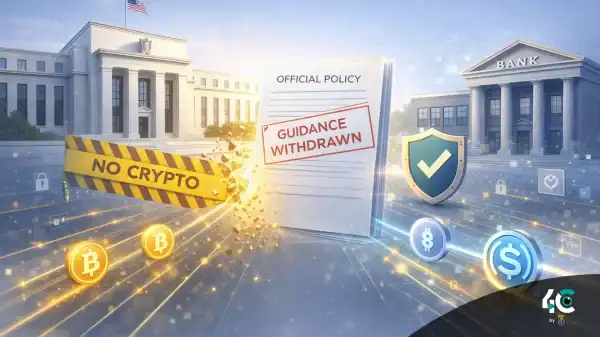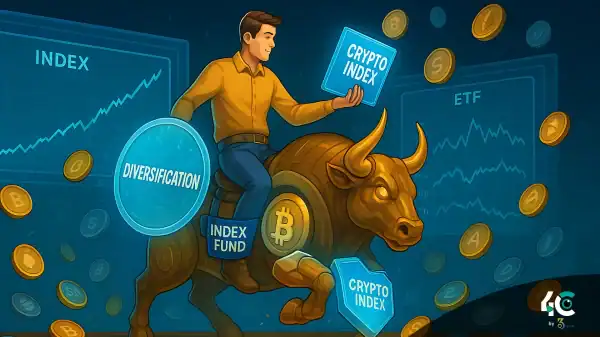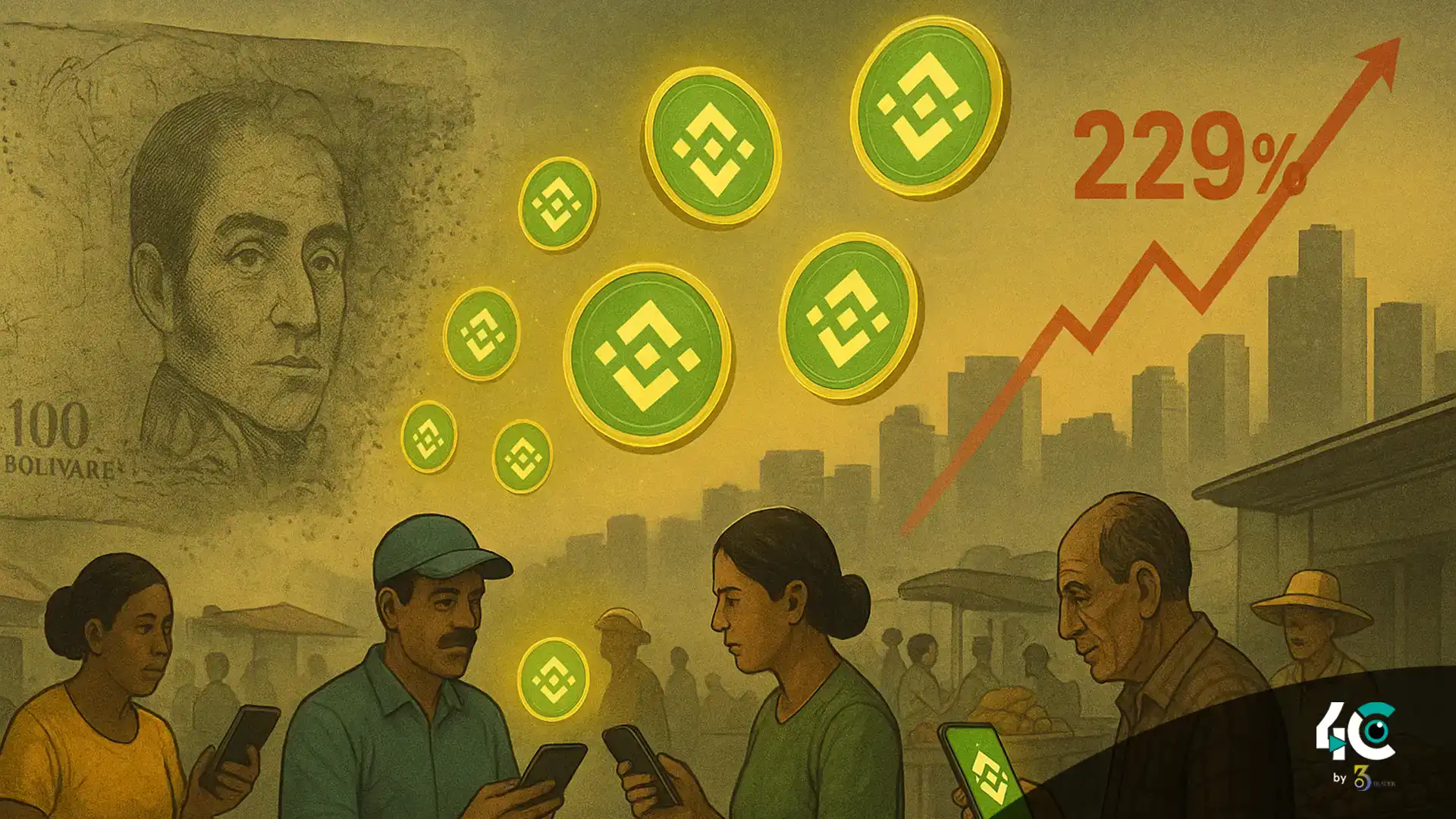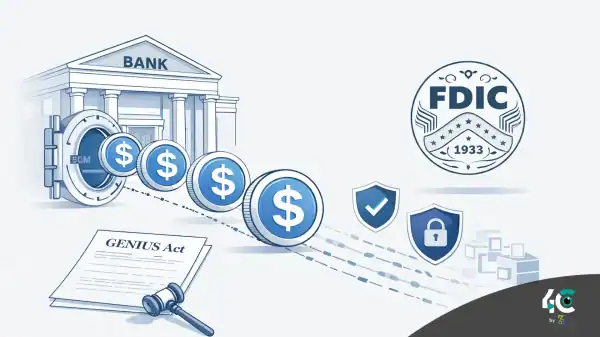Stablecoins Overtake Bolívar in Venezuela
Most Venezuelans now refer to Tether’s USDT (USDt) as “dólares Binance” rather than bolívars. Even people who don’t use cryptocurrencies rely on USDT daily.
What started as an instrument for crypto users has transformed into a full-scale phenomenon—covering groceries, rent, condo fees, and salaries.
According to Mauricio Di Bartolomeo, co-founder of Ledn who fled Venezuela in 2018:
“The bolívar is practically dead for normal commerce.”
As a result, businesses and citizens increasingly prefer dollar pricing—but more often than not, those dollars are actually stablecoins.
Three Exchange Rates, One Winner: Stablecoins
Venezuelans face three competing USD rates:
- Central Bank of Venezuela (BCV) official rate: 151.57 VES per USD
- Parallel market rate: 231.76 VES per USD
- Binance USDT quote: 219.62 VES per USD
Among these, the stablecoin rate dominates. As U.S. lawmakers began to take notice, trust in Tether’s USDT grew stronger.
Also Read : Bank of China Stock Surges Amid Rumors of Hong Kong Stablecoin License Bid
Venezuela Emerges as a Top Crypto Adopter
According to Chainalysis Global Crypto Adoption Index (2025):
- Venezuela ranks 18th globally and 9th per capita.
- Stablecoins made up 47% of crypto transactions under $10,000 in 2024.
- Overall crypto activity rose by 110% YoY.
From corner shops to mid-sized businesses, USDT is now the settlement method of choice—not just for ease, but as a way to escape currency collapse.
Capital Controls Fuel the Stablecoin Boom
The government’s strict capital controls created a thriving parallel market.
Reports suggest officials allocate dollars to regime-linked firms, who then resell them at inflated prices. Citizens, meanwhile, turn to stablecoins for fairer access.
Di Bartolomeo notes:
“People quickly exchange bolívars for USDT or cash dollars.”
Even oil firms and banks are experimenting with stablecoins to evade U.S. sanctions and domestic capital limits.
Crypto Adoption Where Fiat Fails
Venezuela is experiencing one of the most drastic shifts to stablecoins worldwide.
Other inflation-hit countries like Argentina, Turkey, and Nigeria also see stablecoin growth, but in Venezuela, the bolívar’s collapse has made stablecoins a national lifeline.
This transformation highlights how digital money adoption accelerates when fiat systems fail—with ripple effects reaching Canada, Africa, and beyond.



































